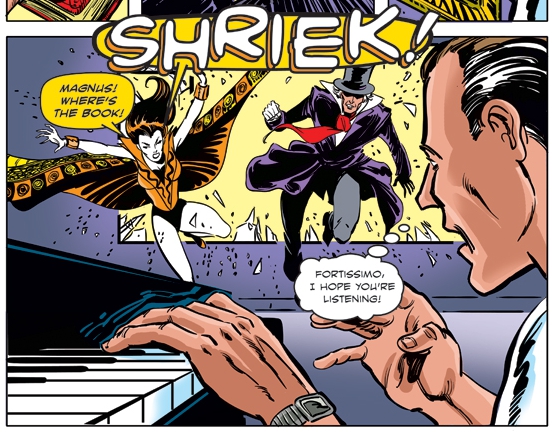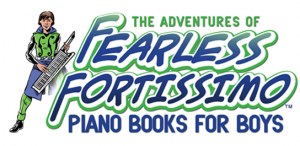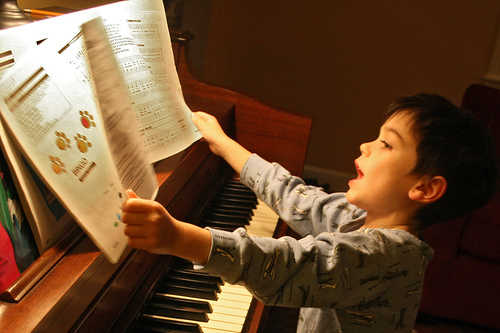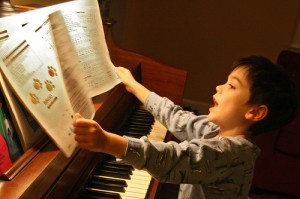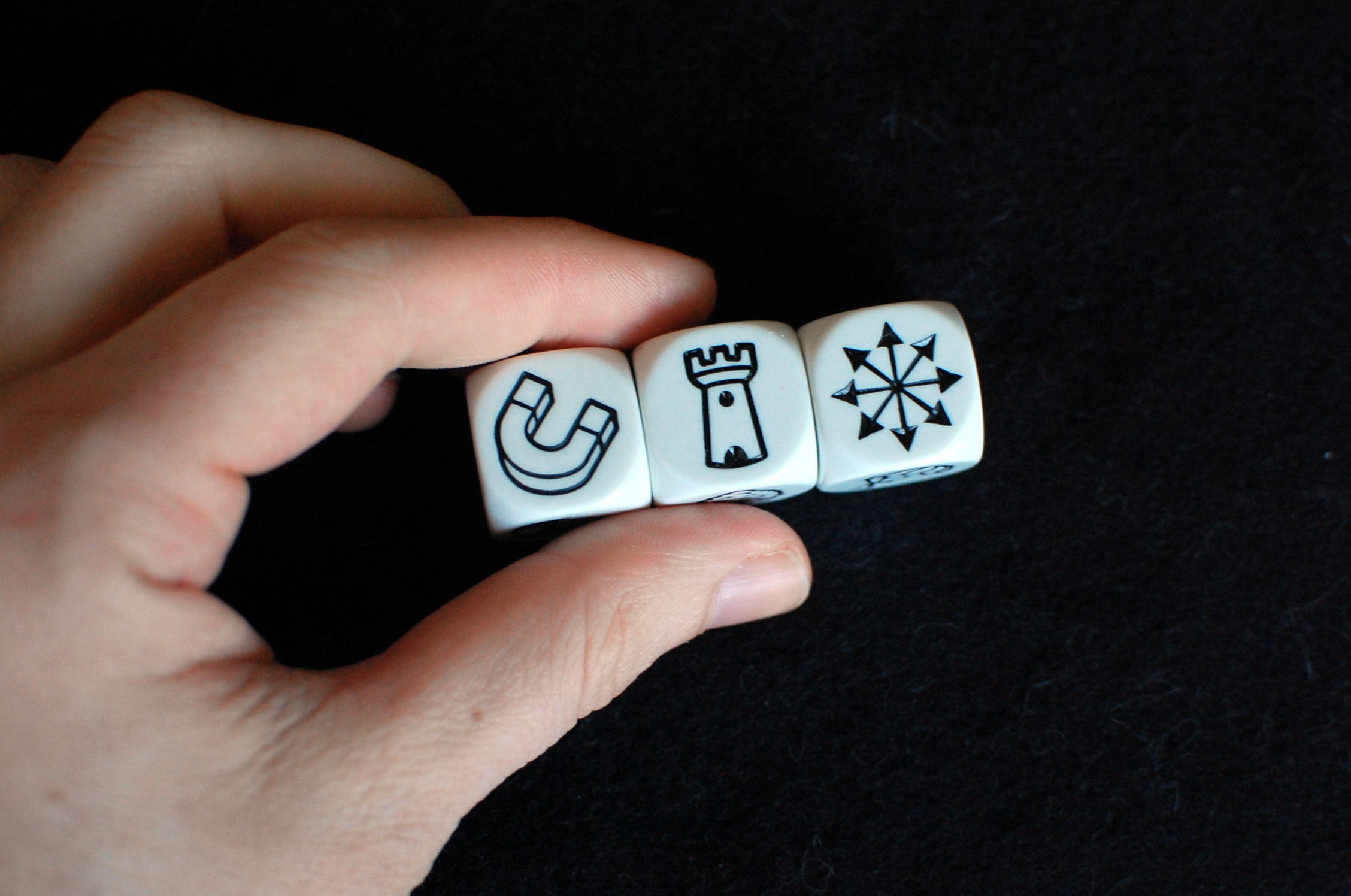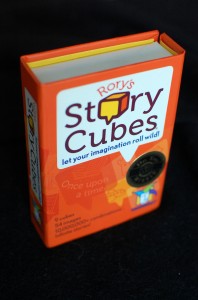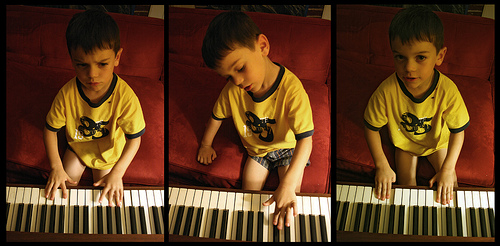There are others who have shared alphabet card printables similar to what I’m posting today, but I’m adding mine to the mix anyway. 🙂 I wanted some that would work well to print onto colored cardstock paper. Since I don’t have a color printer, this is an easy way I can still get colorful things to use with my students!
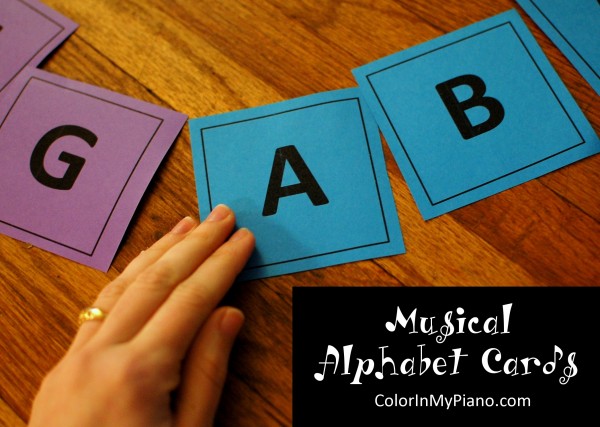
I used these cards with my new weekly Homeschool Music Class (just started last week, thanks to Sheryl’s recent post at her Notable Music Studio blog) and with my Piano Readiness Class. My students LOVED making “musical alphabet snakes” in order to learn how the musical alphabet is different from the regular alphabet. Included in the pdf is a card which outlines some other possible activities to do using the cards. These activities work great in both group settings and private lessons.
Do you have some other activities to share that involve alphabet cards? Share them in the comments!
To Download: visit the Printables > Other Resources page and scroll down to the M’s for Musical Alphabet Cards.
 Musical Alphabet Cards (275.9 KiB, 17,105 hits)
Musical Alphabet Cards (275.9 KiB, 17,105 hits)


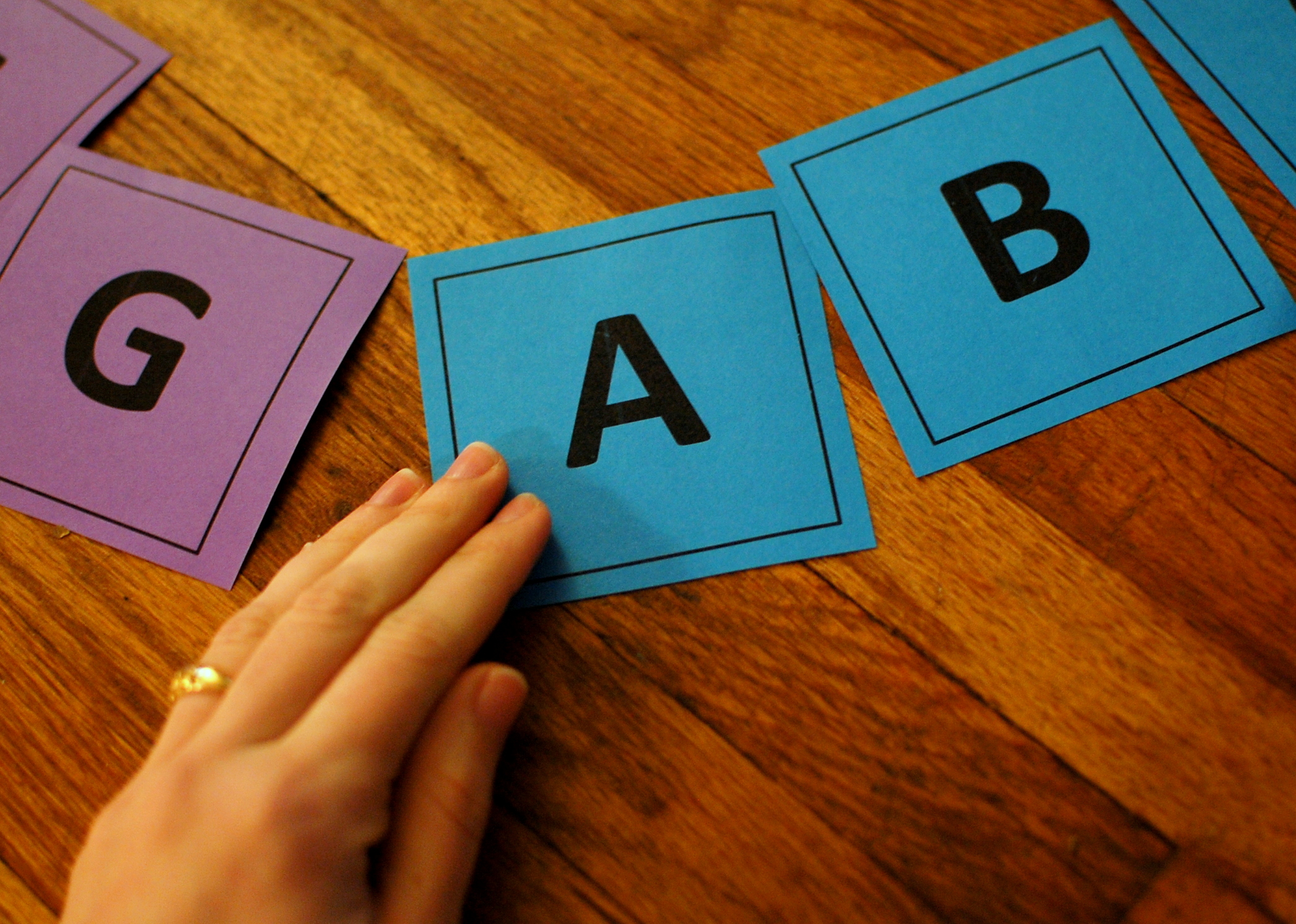
 The next session at the OhioMTA Conference was given by Dr. Nicole Biggs, the new piano professor at Bowling Green State University in my town:
The next session at the OhioMTA Conference was given by Dr. Nicole Biggs, the new piano professor at Bowling Green State University in my town:
 I apologize for being a bit MIA around the blog lately. I have a couple of projects that I am working on right now for my local MTNA association. One of them is designing a website. It’s about half-way done and if you’re interested in taking a sneak peek, you can
I apologize for being a bit MIA around the blog lately. I have a couple of projects that I am working on right now for my local MTNA association. One of them is designing a website. It’s about half-way done and if you’re interested in taking a sneak peek, you can 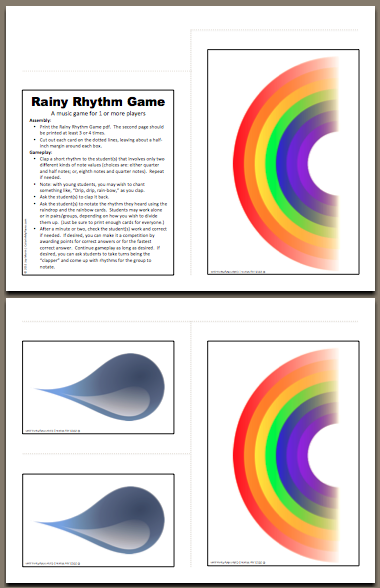
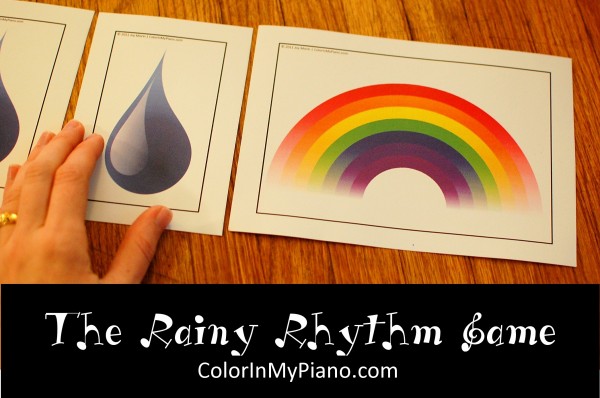

 Wow, last week’s Forum Q&A received some great responses about advertising! Thank you, and be sure to read what everyone had to say by
Wow, last week’s Forum Q&A received some great responses about advertising! Thank you, and be sure to read what everyone had to say by 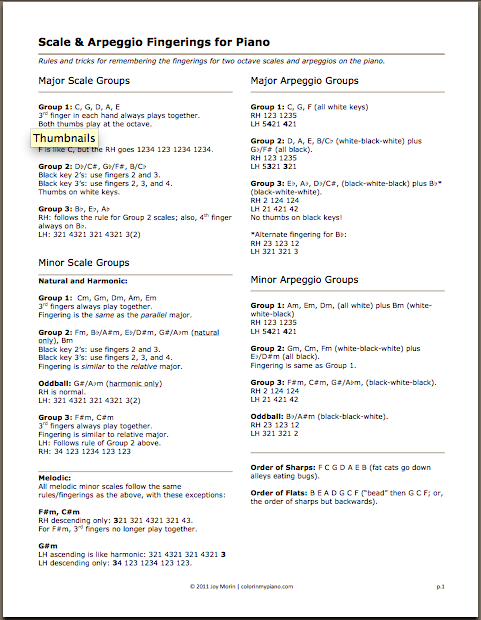
 Some of you may remember the
Some of you may remember the 